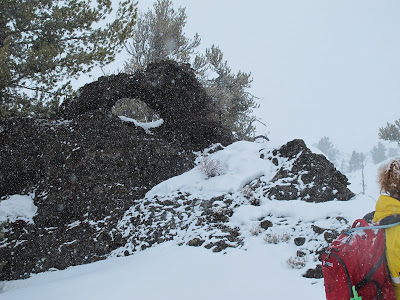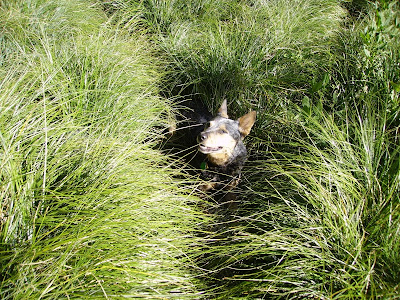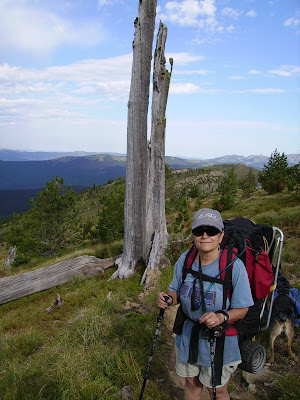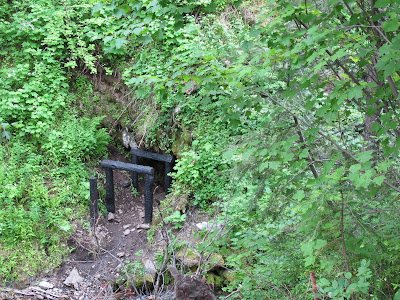We now are finishing up our time in the Jackson Hole area, and it has been a bittersweet time of joy and loss.
The bitter? There is always the thoughts of David
and the ache of life without him...some days more intense than others. And then, last Saturday, Hannah had to put her faithful 12-year-old
dog, Rajah, down. It was a hard decision, but over the past few weeks his
decline was accelerating so fast that it was the only humane thing to do. I am
glad we were here for her, as over the past six months she has lost a
grandmother, a brother, and now a beloved pet that she rescued from the shelter, at a
time when she needed the unconditional love of a new puppy to help her through a rough personal stretch.
Now the sweet: On the day that Rajah died, Matt, unbeknownst
to Hannah, had scheduled an appointment at a jewelers in Idaho Falls, to order
THE RING! Matt was going to tell Hannah that he had an errand to run, then
later find a nice time to surprise her with flowers, a ring, and THE
PROPOSAL! But seeing that he couldn’t
leave her alone that day, he wisely thought it good therapy to
take her with him, and get it sized right then. He’s still keeping it secret as to when he will actually go through
the formality of giving her the ring. Nothing more said about the date and
place of THE WEDDING!
The trip out here was hard: had the motor home in the shop
three times, twice for engine work that still has not fixed the problem of
cutting out during acceleration...and another to replace all six
tires after one blew out and we discovered that the others, because of dry rot,
would probably go that way too.
We have been camped at a nice campground over “the hill”, ie
Teton Pass, in Victor, Idaho. During our first two days, we had a visit with Friends, Dave and Virginia Wood, who were on their way to Dayton after a
two-year stint serving as a Friends in Residence at a Quaker hospitality house
in Oahu, Hawaii.
Then we met up with Jim’s high school friend, Jerry Boling,
and his wife, Pat, from Alabama, who are
on a 12-week road trip throughout the West. And this past weekend, we attended
the Grand Targhee Bluegrass Festival, a three-day bacchanal of music and
spirits of all kinds. It's the same resort where we skied the first three winters of our retirement. It was great to coordinate this trip with the festival,
because our favorite band, Donna the Buffalo, played both nights, and we
boogied along with other members of “The Herd.”
So far, Jim's back is holding up, but not without the help of some powerful NSAIDs. These, along with the steroid shot he had before we left, will hopefully do the trick as we don our packs for the next phase of our journey: three
weeks in Alaska. We fly out on Thursay to
Ketchikan, where we begin our tour of the Inner Passage, via the Alaska
Marine Highway (aka the Alaska state ferries). I hope to keep updates on this blog along the way, so more later!
 |
| On a hike from the campground up to Palmer Mountain. |
 |
| Hiking with Virginia and Dave Woods. Wyoming's state flower, Indian Paintbrush, is in the foreground. |
 |
| Here we are, part of "The Herd," at the Grand Targhee Bluegrass Fest. |
 |
| Hannah joined us for day two of the festival. |
 |
| Celebrating Jerry's birthday at the Grand Teton Brew Pub |

















































